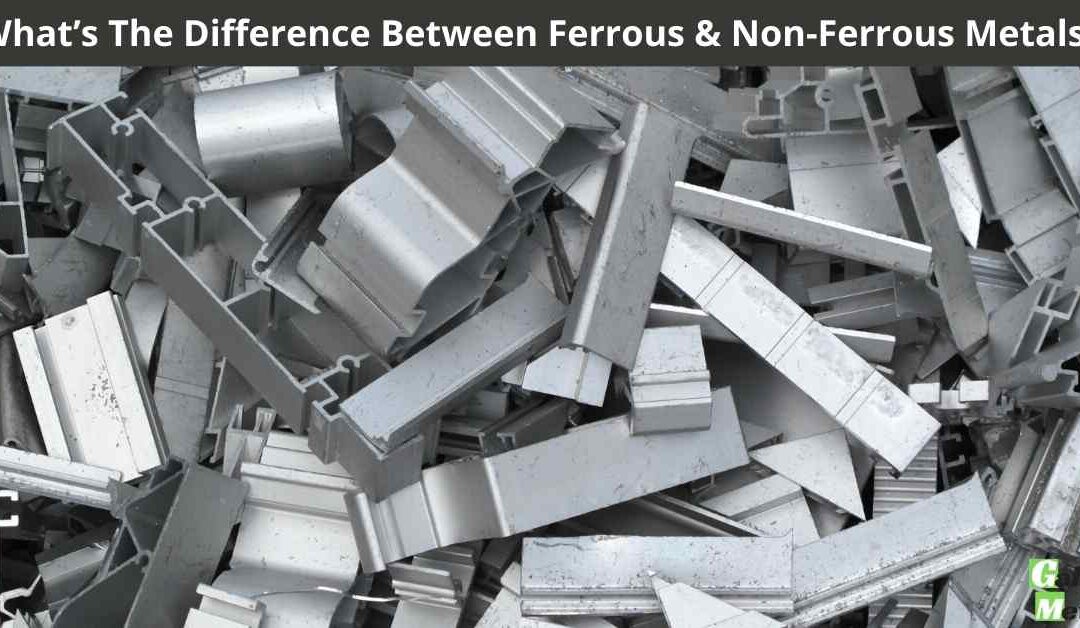Ferrous and non-ferrous metals have complex differences in their chemical makeup. Some differences include the metals iron content, oxidation levels, magnetism, and strength. Along with their technical explanations, these differences can also be described in easier to understand daily terms for those of us who are not chemists.
Iron Content
Ferrous metals all contain iron but can also contain other elements, while non-ferrous metals do not contain iron. Non-ferrous metals were used before many ferrous metals were even in production. An easy way to remember the iron distinction is that the abbreviation for Iron in the periodic table of elements is Fe, because the Latin word for iron is ferrum!
Corrosion/Oxidation
Corrosion is also referred to as oxidation, but the process is more commonly known as rust. Ferrous metals are likely to rust because of their higher carbon content, while non-ferrous metals better resist oxidation. Non-ferrous or non-rusting metals are more likely to be used in jewelry and food-related products where avoiding rust is important. Ferrous metals can be used more industrially.
Magnetism
Ferrous metals are magnetic, making them highly useful for electrical or motor purposes. Non-ferrous metals are not magnetic and are more commonly used for wiring systems. The differences in magnetism between the two metals has to do with the polarity of electrons within iron atoms, and this distinction makes them easier to tell apart.
Strength
Strength is a major difference between the two types of metals and is a factor in why they are used for different purposes. Ferrous metals are known for their strength and are often used for industrial or architectural purposes such as bridge-building and skyscraper construction. In contrast, non-ferrous metals tend to be weaker or more flexible. These are more likely to be used for gutters, roofing, and signs.
Examples
Examples of Ferrous Metals
Ferrous metals are commonly used industrially in buildings and architecture. Some everyday examples of ferrous metals are:
- Stainless steel – Used for appliances, food production, food storage, & houseware.
- Carbon steel – Used in bridge & building construction.
- Cast iron – Used for utility hole covers & cooking materials.
- Wrought iron – Used for fences, gates, nails, & chains.
Examples of Non-Ferrous Metals
Non-ferrous metals include those that conduct heat and electricity, and that are not as strong as ferrous metals. Examples of non-ferrous metals include:
- Aluminum – Used in aircraft construction & food storage.
- Copper – Used for electrical wires & some roofing materials.
- Tin – Often used to coat steel to prevent erosion.
- Silver – Used for jewelry & cutlery.
If you are in Northcote, Victoria 3070, and looking for a metal recycling service, this is the best way to visit us.
Contact Us
Galaxy Metal Recycling
9 Mezzo Walk, Greenvale VIC 3059
0413 176 223


Recent Comments